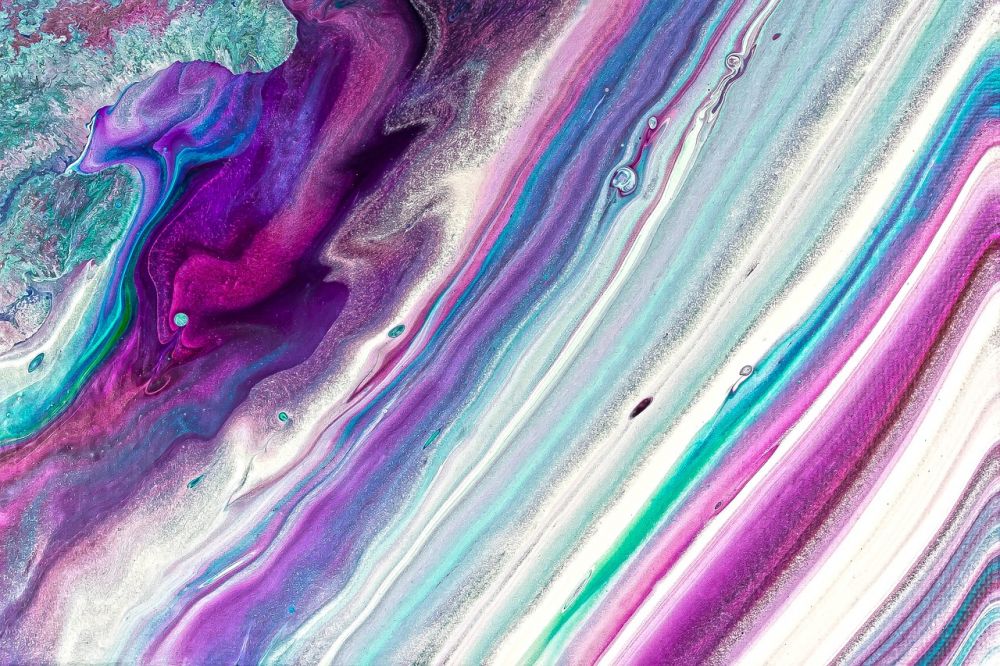Miro Lithography: A Comprehensive Overview

Miro Lithography – A Fusion of Art and Technology
Art has always been a medium for self-expression and creativity, and over the years, various techniques have emerged to bring artwork to life. One such technique is Miro lithography, a fascinating fusion of traditional lithography and the artistic genius of Joan Miró. In this article, we will delve into the world of Miro lithography, exploring its types, popularity, quantitative measurements, differences, and a historical analysis of its pros and cons.
What is Miro Lithography?

Miro lithography is a form of printmaking that involves the creation of prints from a flat surface, such as stone or metal, using the principles of lithography. This technique was developed in collaboration with the renowned Spanish artist Joan Miró and master printmaker Fernand Mourlot in the mid-20th century. Miró’s distinctive artistic style, characterized by abstract shapes and vibrant colors, formed the basis for this unique form of lithography.
Types of Miro Lithography
There are several types of Miro lithography, each offering its own distinct characteristics and capturing the essence of Miró’s artistic vision. One popular type is stone lithography, where the artist draws directly onto a smooth limestone surface using a greasy medium. The image is then transferred onto paper using a printing press. Another type is plate lithography, where the image is drawn or etched onto a metal plate. This plate is then inked and printed onto paper, resulting in a crisp and detailed print. Additionally, there are lithographic prints made from Miró’s original artwork, as well as reproductions created using the Miro lithography process.
Quantitative Measurements of Miro Lithography
When it comes to Miro lithography, various quantitative measurements can shed light on its value and impact. One such measurement is the edition size, which refers to the number of prints made from a single plate or stone. Limited edition prints, with a smaller edition size, are often considered more valuable and collectible. Another measurement is the quality of the prints, determined by factors such as color accuracy, paper quality, and overall craftsmanship. Collectors and art enthusiasts often look for high-quality prints that showcase Miró’s artistic vision in its truest form.
Differences in Miro Lithography
Despite its common foundation, Miro lithography can vary in terms of technique and artistic interpretation. For example, stone lithography allows for more spontaneity and texture, as the artist can manipulate the image directly on the stone surface. On the other hand, plate lithography offers precision and fine details due to the smoothness of the metal plate. These differences contribute to the uniqueness of each Miro lithograph, making it a truly distinctive form of art.
Historical Analysis of Pros and Cons
Throughout its history, Miro lithography has presented both advantages and disadvantages. One major advantage is the ability to create multiple copies of an artwork, making it more accessible to a wider audience. This democratization of art allows individuals to appreciate Miró’s vision without the limitations of rarity. However, some argue that mass production may dilute the value and authenticity of the artwork. Additionally, Miro lithography has sparked debates regarding the fidelity of the prints to the original artwork and the role of the artist in the printing process.
[INSERT VIDEO HERE]
In conclusion, Miro lithography represents a fascinating intersection of art and technology, providing a platform for Miró’s artistic vision to reach a broader audience. With its various types, quantitative measurements, differences, and historical analysis, this unique form of printmaking continues to captivate art enthusiasts and collectors alike. Whether as an original lithograph or a meticulously crafted reproduction, Miro lithography stands as a testament to Miró’s enduring legacy in the art world.











